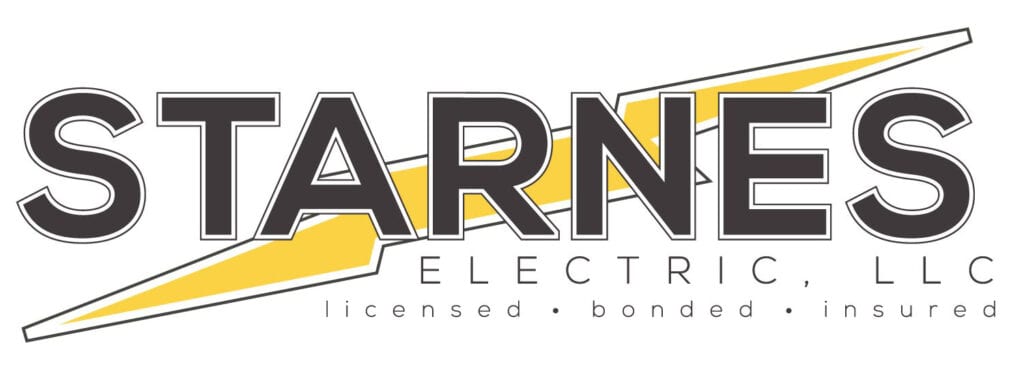Are you familiar with the terms “warm switches” and “hot switches”? If not, don’t worry, you’re not alone. These are technical terms used in the electrical world to describe different types of switches.
Understanding Switches
A switch is a device that is used to break or complete an electric circuit. It is a crucial component of electrical systems as it allows us to control the flow of electricity. Switches come in various types, but they all serve the same purpose – to turn on and off the current.
What are Warm Switches?
Now that we have a basic understanding of switches, let’s move on to warm switches. Warm switches refer to switches that have no voltage or current running through them when they are in the open position.
In other words, these switches only become “hot” when you turn them on and close the circuit. Hence, they are called warm switches because they don’t carry any electricity until activated.
Warm switches are commonly found in residential and commercial buildings as light switches, power outlet switches, and appliances. They are designed to be used by the average person safely without any electrical knowledge or training.
What are Hot Switches?
On the other hand, hot switches refer to switches that have voltage running through them even when they are in the open position. This means that these switches always carry electricity and can be dangerous if not handled properly. It is essential to have proper training and knowledge before working with hot switches.
Hot switches are found in industrial settings, such as power plants and factories. They are also commonly used in heavy-duty equipment and machinery. These switches are designed for trained professionals who understand how to handle electricity safely.
The Importance of Using the Correct Switch
Now that we know the difference between warm and hot switches, it is essential to understand the importance of using the correct switch for different applications. Using a warm switch in an industrial setting can lead to serious accidents and electrical hazards. Similarly, using a hot switch in a residential or commercial setting may not be necessary and can increase the risk of electrocution.
Using warm switches in homes and offices is not only safer but also more cost-effective. Hot switches require constant power supply, resulting in higher utility bills and increased energy consumption. Warm switches, on the other hand, only use electricity when activated, making them more energy-efficient.
Safety Measures for Working with Hot Switches
As mentioned earlier, hot switches can be dangerous if not handled properly. Therefore, it is crucial to take all necessary safety measures when working with them. Here are some tips to ensure your safety while using hot switches:
- Always wear personal protective equipment (PPE) such as gloves and goggles.
- Make sure the switch is de-energized before working on it.
- Use insulated tools for added protection against electric shock.
- Never touch a hot switch with wet hands or in wet conditions.
- Follow all safety guidelines and procedures provided by the manufacturer.
By following these safety measures, you can prevent accidents and ensure your well-being while working with hot switches. It is also essential to continuously train and educate yourself on proper handling techniques to stay updated on industry best practices.
Common Causes of Overheating in Switches
Overheating is a common issue that can occur in both hot and warm switches. It can be caused by various factors, including:
- Overloaded circuits: If too many devices are connected to the same switch, it can lead to overheating.
- Loose connections: Loose wiring or terminals in the switch can increase its resistance and cause it to overheat.
- Improper installation: If the switch is not installed correctly, it can lead to overheating.
- Age and wear: Over time, switches can wear out and lose their ability to handle high temperatures, leading to overheating.
To avoid these issues, it is crucial to regularly inspect and maintain your electrical system. If you notice any signs of overheating in your switches, such as discoloration or a burning smell, it is essential to address the issue immediately and seek professional help if needed.
How to Identify Hot/Warm Switches in Your Electrical System in Rock Hill SC
It is crucial to be able to identify hot and warm switches in your electrical system to ensure proper handling. Here are some ways you can differentiate between these two types of switches:
- Temperature: The most obvious way to identify a hot switch is by its temperature. If the surface of the switch feels warm or hot to the touch, it is a hot switch.
- Color coding: Many manufacturers use color-coding systems for switches to indicate their maximum operating temperatures. Red or orange usually indicates a hot switch, while white or gray represents a warm switch.
- Markings: Some switches may have markings or labels indicating their temperature rating, making it easier to identify them.
- Additional features: Hot switches may also have additional features such as cooling fins, which are designed to dissipate heat and prevent overheating.
Warm and hot switches are an integral part of our electrical system , and it is crucial to know how to identify them and handle them properly. Be sure to regularly inspect and maintain your switches, especially if you notice any signs of overheating.
And remember, always seek professional help if needed to ensure the safety and efficiency of your electrical system. Stay safe!
Call us at Starnes Electric for all your electrical needs. Our team of experts is always ready to assist you. Let’s keep our homes and businesses safe from hot switches and any other electrical hazards!

